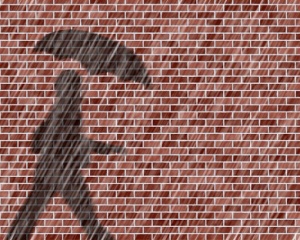
Last month, I did an Editing Rant on Foreshadowing. The foreshadowing I discussed there was when the predictions were used POORLY. Foreshadowing, when used well, can rock the story.
Foreshadowing can be done one of two ways: directly and indirectly. Direct foreshadowing just comes out and states what it is all about – in the prolog or in a prophecy. The witches in Shakespeare’s Macbeth cook the perfect prophecy prolog. Indirectly, casual remarks and superstitions can provide hints of the future. For example: “Remember three times the charm.” The characters say this famous superstition at the beginning of the story, and at the end, their third and final attempt at solving the issue, everything resolves.
Foreshadowing is not “little does the character know what is waiting around the corner” (chapter break).
This device must be integrated into the story in order to enhance it.
Why is foreshadowing needed for the story? Does it give the readers clues on how to solve a mystery? (The one murder mystery I have in my head, the character states at the very beginning the motivation of the killer based on someone else they are dealing with.) Does it add tension IN A NATURAL method?
A very well-crafted article appears in ProWritingAid breaking foreshadowing down further – for example what ISN’T foreshadowing like flashforwards – What is Foreshadowing in Storytelling and How Does It Help the Reader? (ProWritingAid, Jennifer Jahn, published June 28, 2021): https://prowritingaid.com/art/2326/foreshadowing.aspx
READING EXERCISE: Think of your present read-in-progress or a previous narrative you read where foreshadowing occurred. Was it direct or indirect foreshadowing? How did it support the plot?
WRITING EXERCISE: Think of your present work-in-progress (WIP) or a previous story you created where foreshadowing was used. Was it direct or indirect? Did the reveal come as a surprise to you (i.e., you wrote the story but didn’t realize you had done foreshadowing until the predicted action happened)?
My Attempt: In Honestly (available on Amazon), I foreshadow Troy’s disability when after kneeling for a while, he “stood awkwardly”. I hint again with a cane being in the laundry room. For the first part of the book, the romantic hero is actively hiding his disability from everyone around him but his father. Still the clues are there – the pillows, the obsessive neatness, and the emotional swings.
Another unrelated foreshadow in Honestly are the papers in the laundry room and the “nothing officially unofficial” Troy lets slip; that should come out in different story someday.